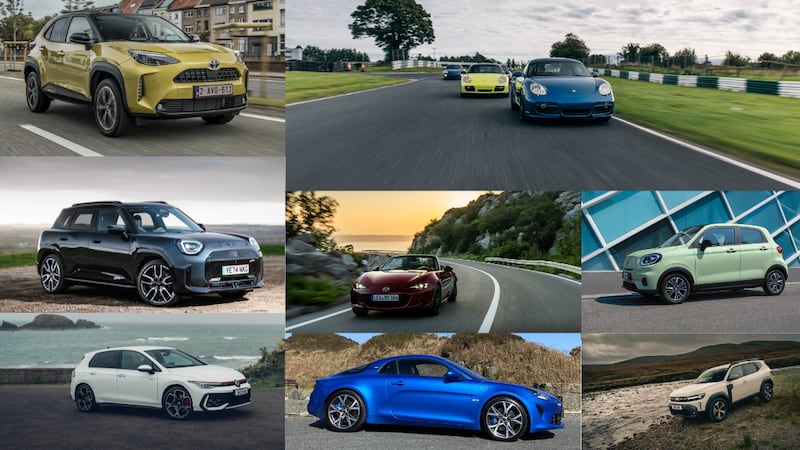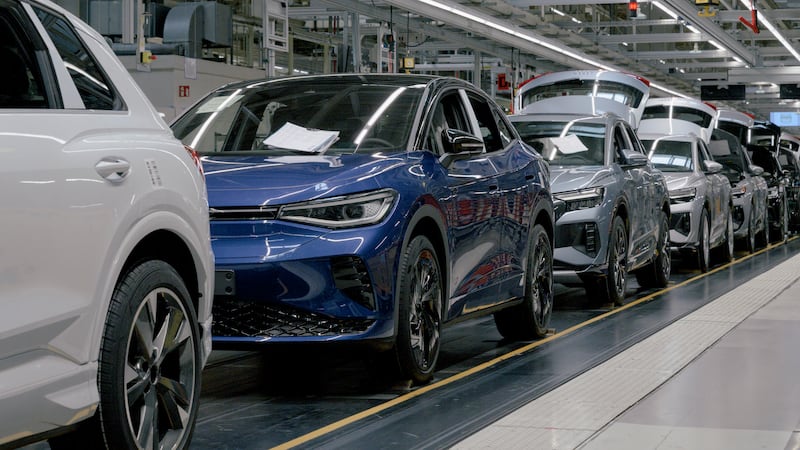Volvo Cars is to impose a 180 km/h (111mph) speed limit on all its cars from 2020 to highlight dangers of speeding.
While it may seem like merely a PR exercise given that the maximum limit in most countries already set at either 120km/h or 130km/h, it may prove to be the start of a trend other manufacturers follow. It is likely to raise the profile of the debate over the role of speeding in serious or fatal crashes and the responsibility of car makers in restricting the speed of their vehicles.
Many car companies already impose speed limits on their vehicles, with the premium German car companies generally applying a limit of 250km/h (150mph).
However, with the advent of new technology, modern cars can read speed limit signs and automatically reduce a vehicle’s speed to the legal speed. This has raised questions about the role car companies should take in ensuring their vehicles adhere to the legal speed limits.
The Swedish-based but Chinese-owned car company is introducing the 180km/h limit as part of its Vision 2020 project, which aims for no one to be killed or seriously injured in a new Volvo by 2020.
The limit will also mean that safety features such as automatic braking will have a better chance to limit the injuries and damage caused in the event of a crash.
Research by Volvo Cars has identified three remaining concerns for safety that the company says constitute so-called ‘gaps’ in its ambition to completely end serious injuries and fatalities in its cars, with speeding a very prominent one.
According to Håkan Samuelsson, president and chief executive: “Because of our research we know where the problem areas are when it comes to ending serious injuries and fatalities in our cars. And while a speed limitation is not a cure-all, it’s worth doing if we can even save one life.”
Apart from limiting top speeds, the company is also investigating how a combination of smart speed control and geofencing technology could automatically limit speeds around schools and hospitals in future.
“We want to start a conversation about whether car makers have the right or maybe even an obligation to install technology in cars that changes their driver’s behaviour, to tackle things like speeding, intoxication or distraction,” said Mr Samuelsson. “We don’t have a firm answer to this question, but believe we should take leadership in the discussion and be a pioneer.”
The problem with speeding is that above certain speeds, in-car safety technology and smart infrastructure design are no longer enough to avoid severe injuries and fatalities in the event of an accident. That is why speed limits are in place in most western countries, yet speeding remains ubiquitous and one of the most common reasons for fatalities in traffic.
The company quotes traffic accident data from the National Highway and Traffic Safety Administration showing that 25 per cent of all traffic fatalities in the US in 2017 were caused by speeding.
People simply do not recognise the danger involved in speed, says Jan Ivarsson, one of Volvo Cars' leading safety experts.
“As humans, we all understand the dangers with snakes, spiders and heights. With speeds, not so much,” said Mr Ivarsson. “People often drive too fast in a given traffic situation and have poor speed adaption in relation to that traffic situation and their own capabilities as a driver. We need to support better behaviour and help people realise and understand that speeding is dangerous.”
Beyond speeding, two other problem areas constitute ‘gaps toward zero’. As obvious a problem as speeding (and as difficult to end) is intoxication. Driving under the influence of alcohol or drugs is illegal in large parts of the world, yet it remains a prime reason for injuries and fatalities on today’s roads.
The other area is distraction. Drivers distracted by their mobile phones or otherwise not fully engaged in driving are another major cause of traffic fatalities. In many ways, they are equally dangerous as drunk drivers.
















